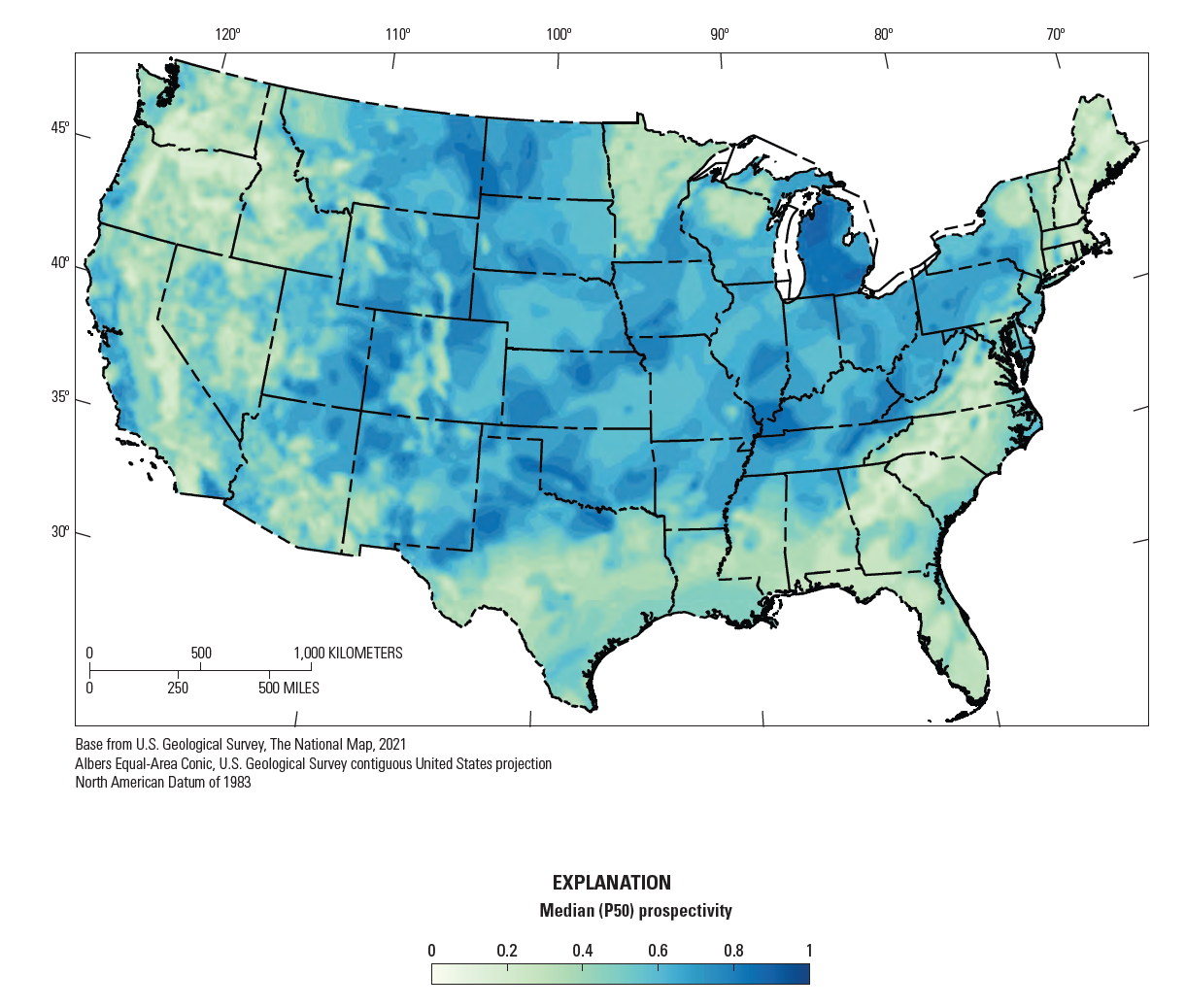A Promising New Future for Hydrogen

Back in March 2025, I wrote an article entitled “Hydrogen: A Fuel for the Future,” which discussed how promising an alternative fuel hydrogen is when produced by electrolysis from renewable electricity.
When hydrogen is made from electrolysis, by splitting the hydrogen/oxygen bond in water, the only emission is pure oxygen. When that hydrogen is burned, the hydrogen combines with oxygen and energy is released to form pure water. The process of electrolysis uses electricity—so, hydrogen produced by electrolysis that uses renewable energy will be almost completely green. Of course, in order to do this — as I wrote in that earlier article — we need to increase renewable energy infrastructure and build the infrastructure to produce hydrogen through electrolysis.
This remains true — but a new, first-of-its-kind map published by the United States Geological Survey shows that there may be vast amounts of natural hydrogen, known as geological hydrogen, laying below the surface of the contiguous United States, which can be extracted much like natural gas.
As the Central Energy Resources Science Center reports, “Although naturally occurring hydrogen has been encountered in a wide variety of subsurface environments, millions of oil and gas wells have failed to detect more than trace concentrations of hydrogen, with a few notable exceptions. This led many geoscientists to conclude that economic accumulations of hydrogen in the subsurface are non-existent.” ”Recent discoveries in Mali, Albania, and elsewhere have led geoscientist to question the notion that accumulations of H2 could not be present in the subsurface. It is clear now that geoscientists were premature in concluding that economic accumulations of natural hydrogen could not exist in the subsurface.” ”A recent study by the USGS estimates that there could be millions of metric tonnes of natural hydrogen in accumulations in the Earth’s crust.”
In their paper for Science Advances, USGS geologists Geoff Ellis and Sarah Gelman write, “We calculate the energy content of this estimated recoverable amount of hydrogen to be roughly twice the amount of energy in all the proven natural gas reserves on Earth.” However, they caution, this is still an estimate: “The uncertainties associated with the generation, migration, accumulation, and preservation of hydrogen in the subsurface make it impossible to precisely determine potential volumes at this time.” The model does not predict how much hydrogen there is, how far below the surface or how far offshore the hydrogen might be — and whether it will actually be recoverable.
The Central Energy Resources Science Center writes that “Energy policy analysts predict that the demand for hydrogen will more than double by 2030 to meet 2050 decarbonization goals and that much of this will need to come from low-carbon sources.” “Reaching these goals will require an unprecedented investment in new technology and infrastructure.”
The new data and information from this study and map show we may be closer to reaching those goals than we realized. There is now great potential for geologic hydrogen as an emerging clean energy resource — because while there is uncertainty about this prediction and how accessible this hydrogen might be, “even a small fraction of the estimated amount of subsurface hydrogen could potentially meet all global projected demand for hundreds of years.”










